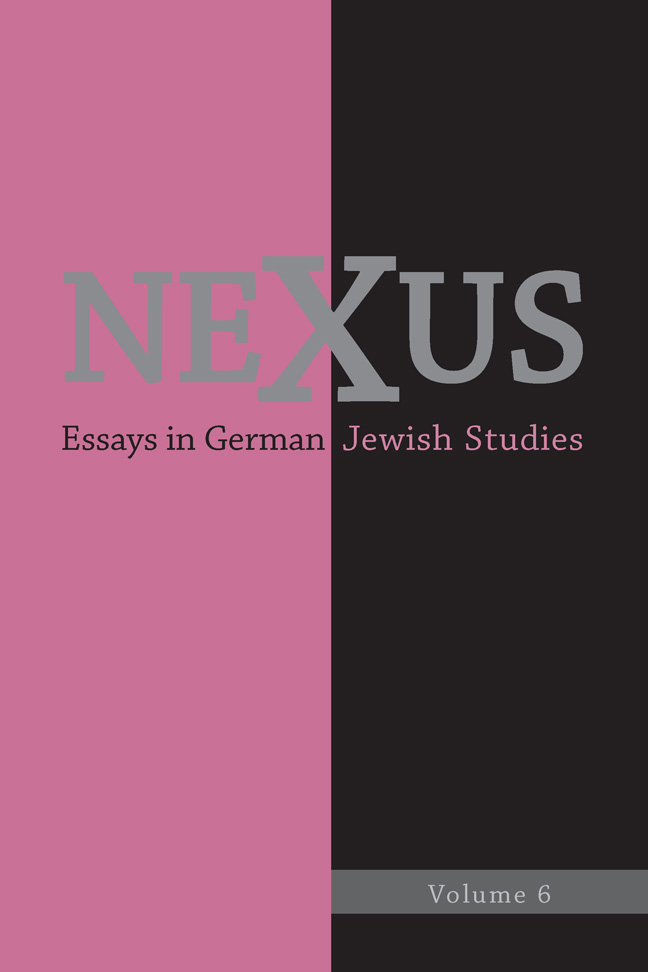Jewish Studies at a Catholic University: An Address to the German Jewish Studies Workshop, February 20, 2017
Published online by Cambridge University Press: 12 January 2024
Summary
How did we get here? That is: how did we get to a conference in Jewish Studies at this particular Catholic university?
Two contexts: the first is global. McKenna Hall, where we meet, with all of its high modernist architectural touches, was dedicated in 1966. Its first event was a major conference on the just-completed Second Vatican Council with many theological luminaries, including John Courtney Murray, S.J., and Henri De Lubac, S.J., present. At the council the assembled bishops overwhelming approved a document, Nostra Aetate or Our Time, restructuring the Church's relationship to non-Christians. The relevant text for the relationship with the Jewish people is chapter 4. The idea of Jewish responsibility in any sense for the death of Christ was denounced. The fact that Christ, his mother, and his apostles were Jews was stressed. And the notion of the Jewish people as the older sibling in a covenant with the same God, as opposed to the Jewish people as an object of conversion, was emphasized.
All of this seems to me, and perhaps everyone in this room, commonplace. But it should not. John Connelly's magnificent history, From Enemy to Brother, traces how near a thing this Catholic document on the Jews was. De Lubac, in fact, was one of the key voices prompting a reassessment of Catholic teaching on “race” and, later, the Jews, beginning as he endured the German occupation of France beginning in 1940, writing essays while evading the Gestapo. Murray, in the United States, was an early advocate for interreligious cooperation.
Connelly demonstrates how deeply implicated Catholics were in the “racial” thinking and antisemitism constitutive of modern fascism in the 1920s and 1930s, especially in central Europe but not only there. This Catholic antisemitism extended to North and South America. The most prominent antisemite in the United States in the 1930s was Fr. Charles Coughlin, a Catholic priest based outside of Detroit just a few hours’ drive from South Bend. Coughlin was hardly typical. But even in the 1950s, textbooks read by Catholic schoolchildren referred to Jews, offhandedly, as “killers of Christ.”
Jewish Studies in a Catholic university before the 1960s, then, faced conceptual hurdles. Why study a people stained by their persecution of Christ in a Catholic university? Jewish Studies in Catholic universities after the 1960s did not face the same obstacles. The question was slowly reversed.
- Type
- Chapter
- Information
- NexusEssays in German Jewish Studies, pp. 7 - 10Publisher: Boydell & BrewerPrint publication year: 2023



